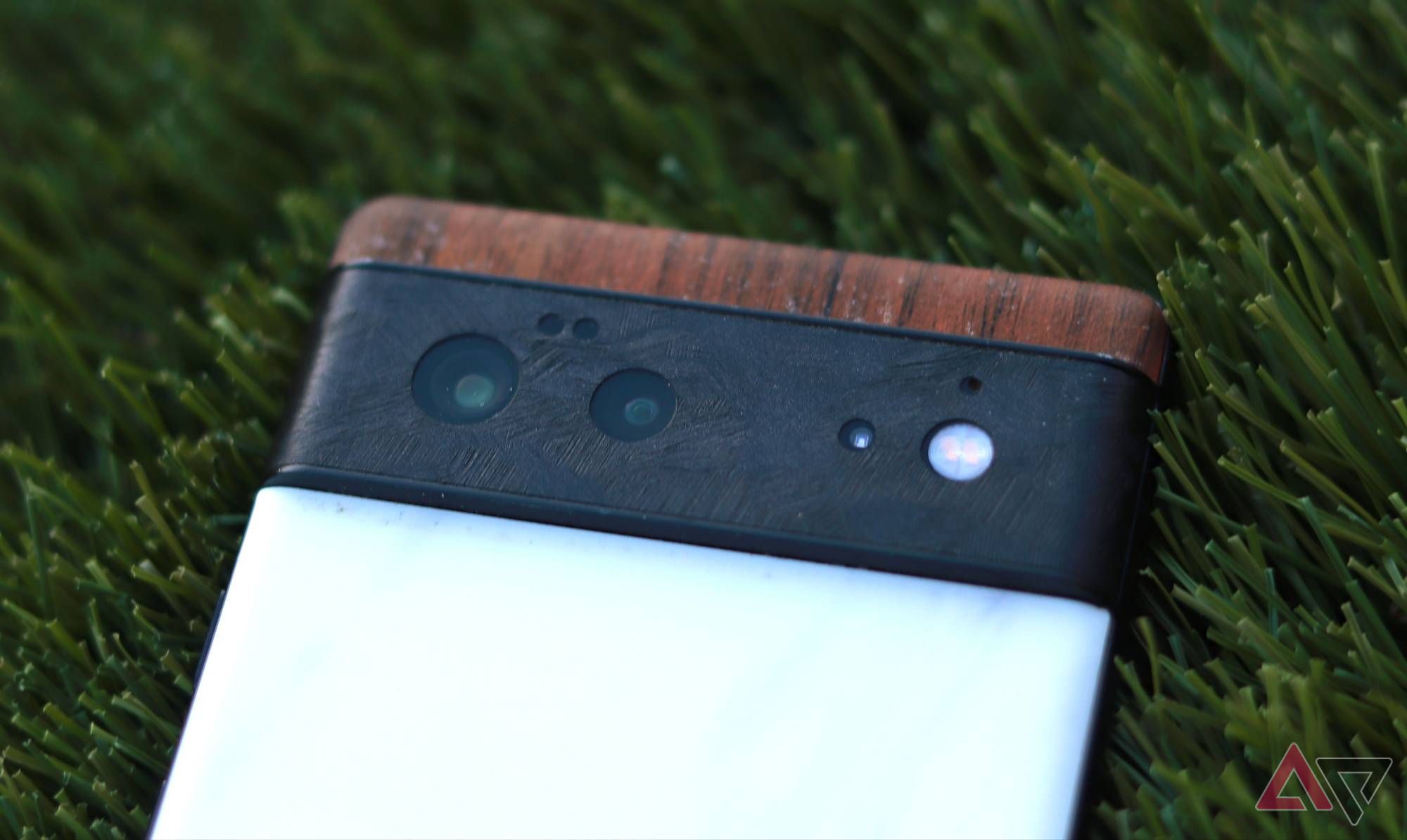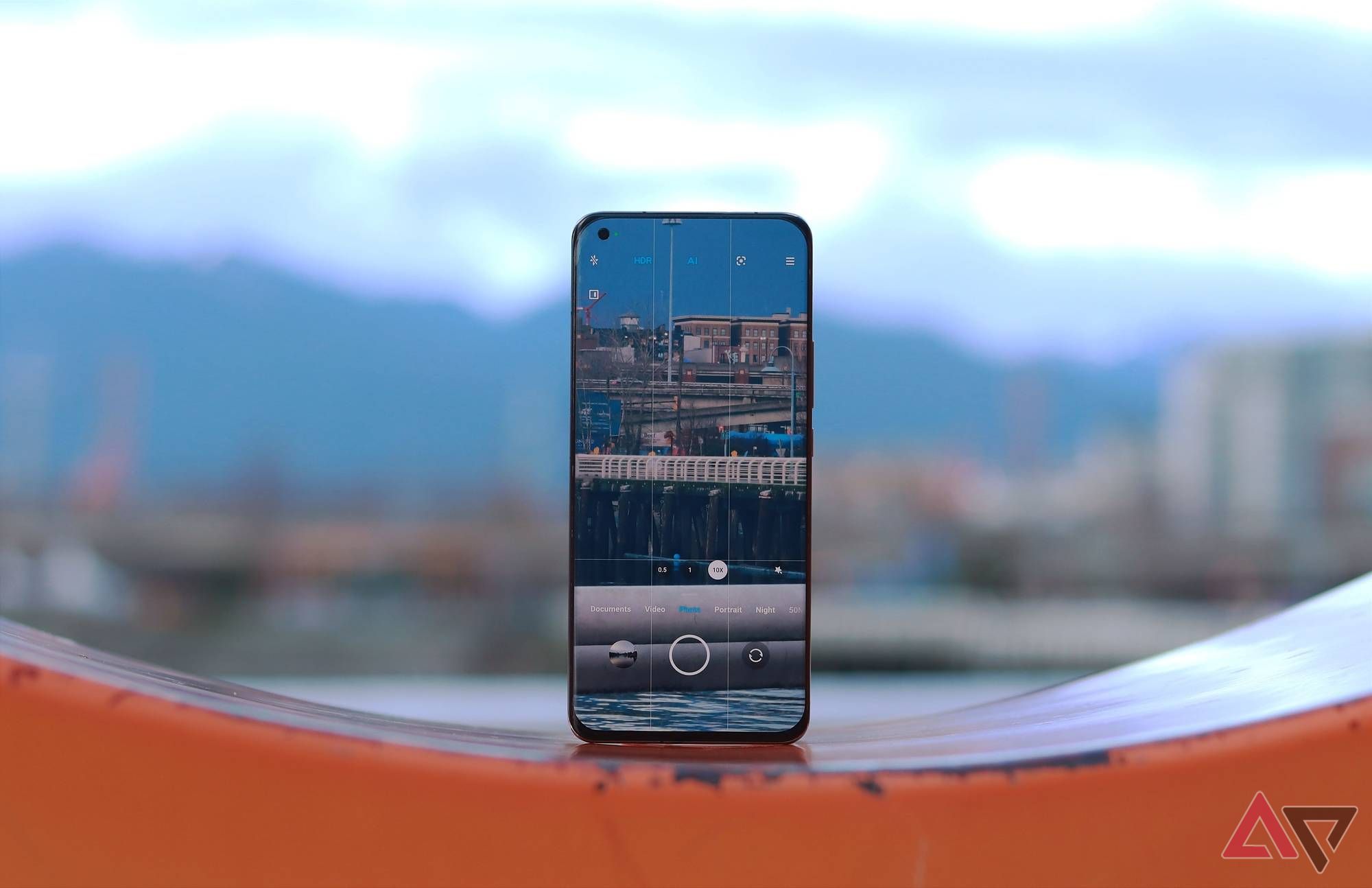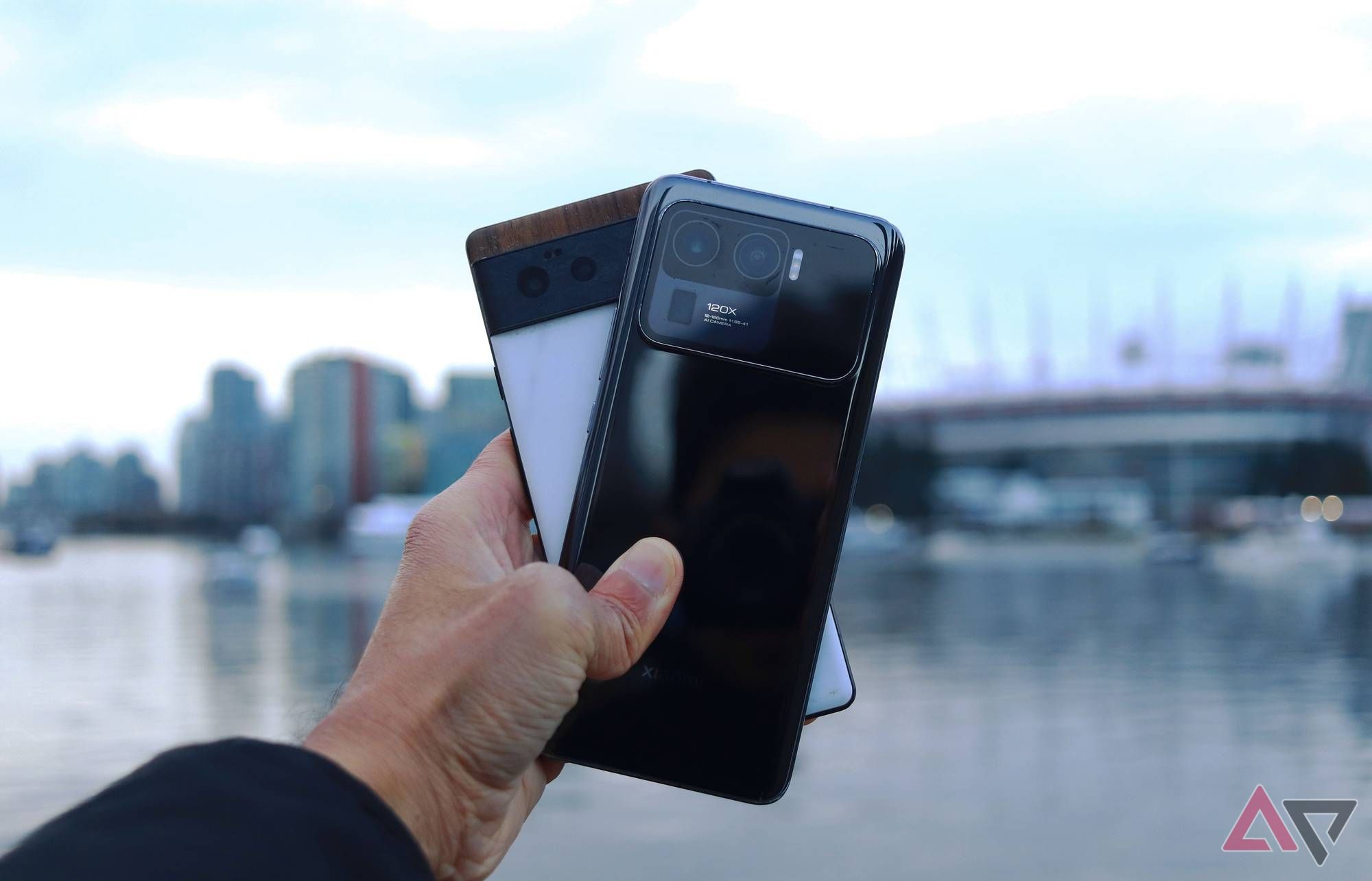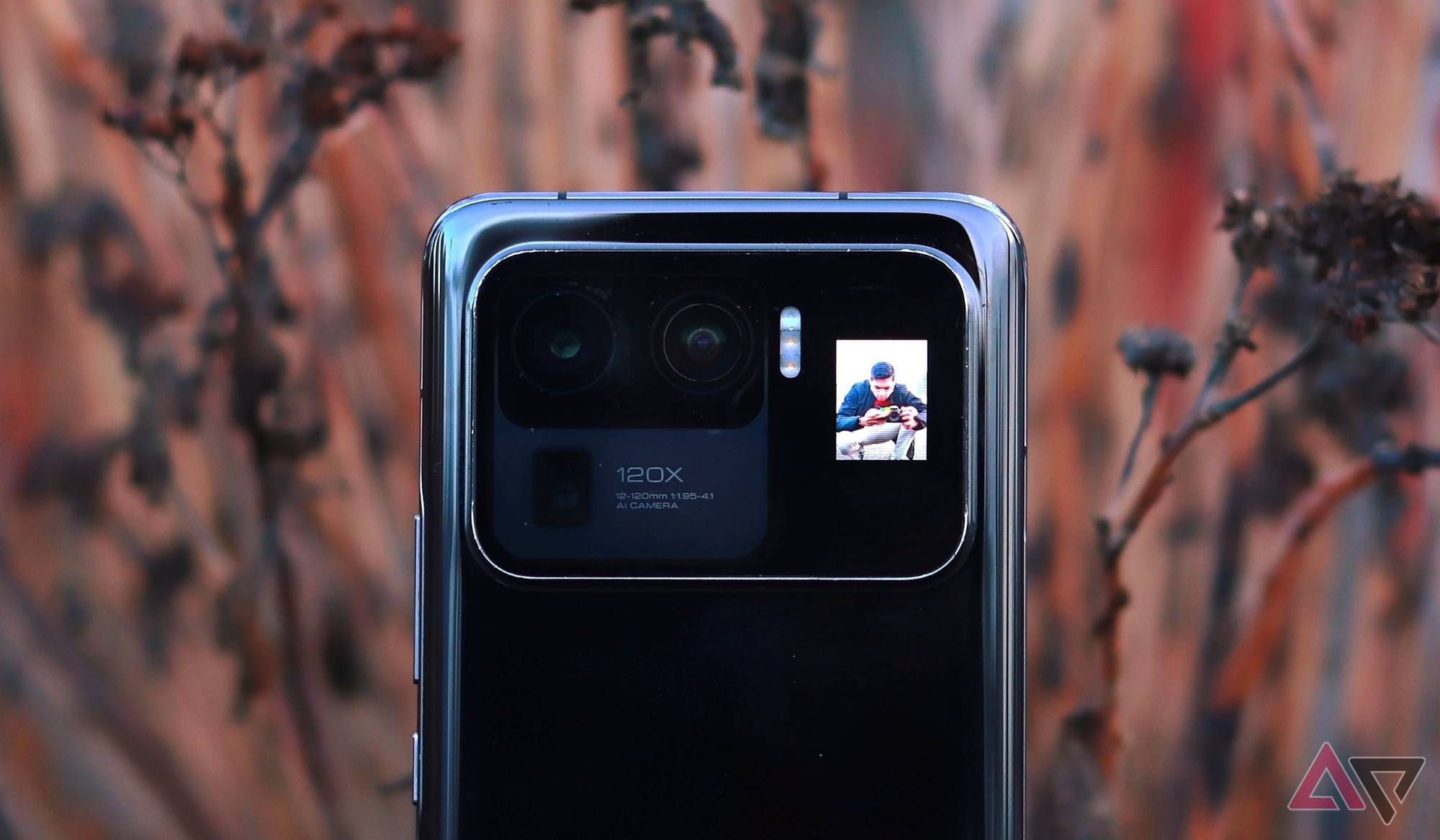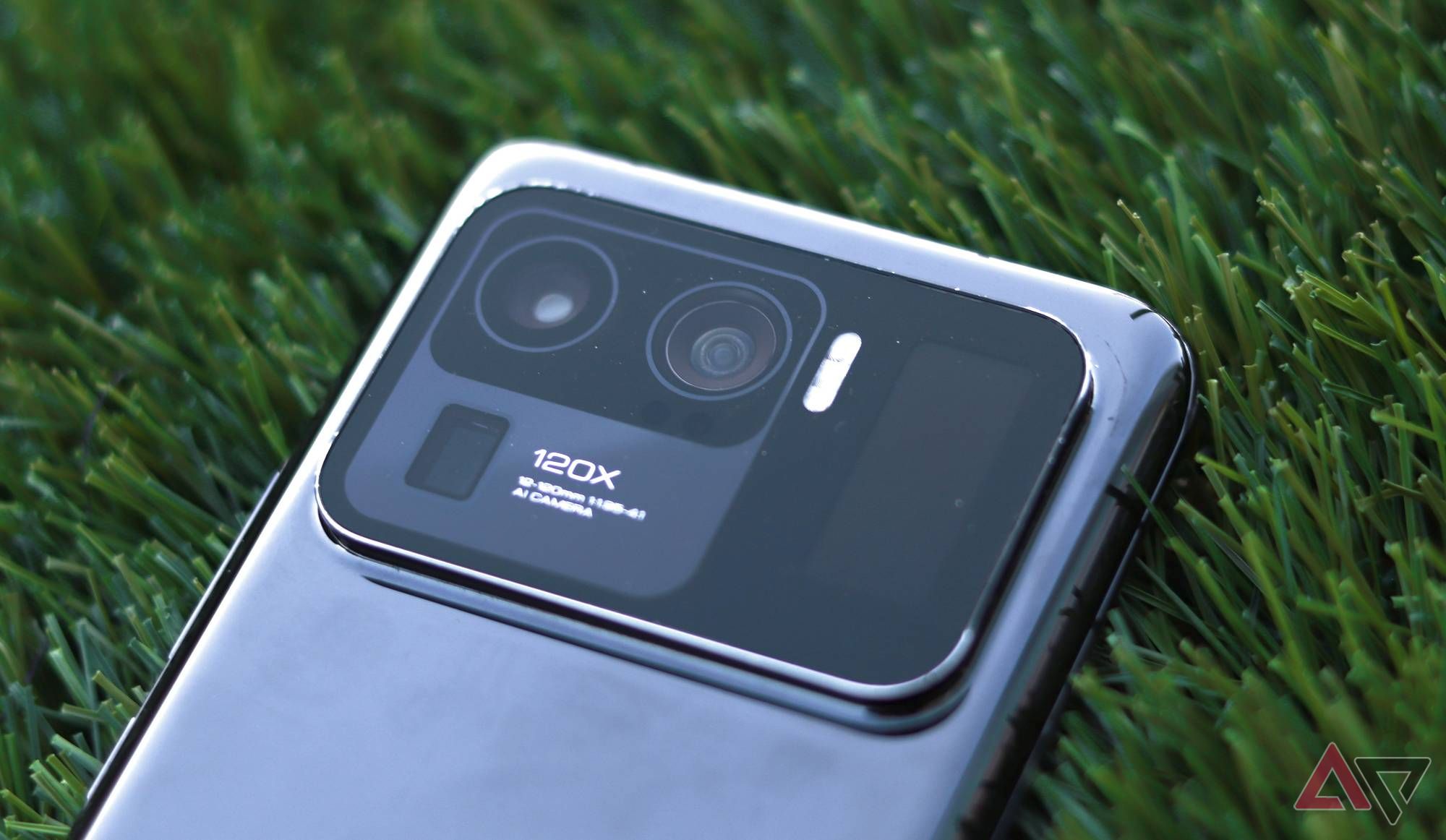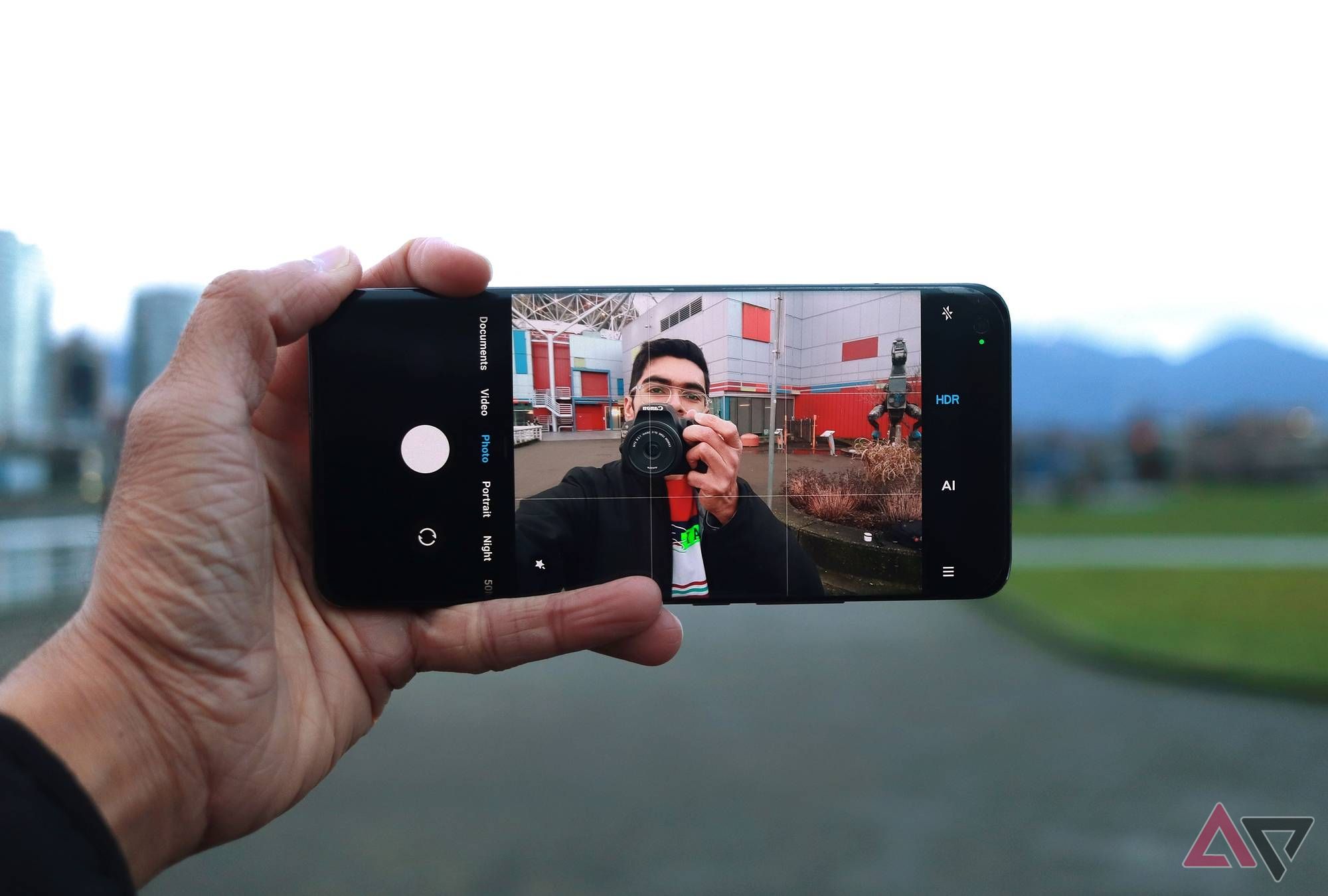If you are an Android smartphone user in North America, your options usually come down to Samsung or Google, with potential options from Motorola or OnePlus if you’re a little adventurous. These are some of the best Android phones you can buy, but often pale in comparison to what is available in more competitive markets such as India and China. And while cutting edge 2024 flagships might be slowly rolling out, you don’t have to go too far back in time to see just how different devices from Xiaomi or Huawei are compared to phones in North America.
Having recently broken my Pixel 6, I’ve been using a Xiaomi Mi 11 Ultra for the last few weeks, a 2021 smartphone that is a lot more unique than you might expect. Before you wonder, I get it: directly comparing these phones doesn’t make much sense; they are for different markets, audiences and budgets. But considering how different (and might I say, boring) the smartphone landscape in the US can be from the rest of the world, this shift also served as a reminder of what qualitative aspects sometimes get missed in commonly seen spec-focused reviews.
RIP to my Pixel 6
Before we dive in, let me give you a quick background of how I got here. I have owned a Xiaomi Mi 11 Ultra since 2021, but it was eventually relegated to being my secondary device as the main phone would be whatever I was reviewing at that time. Over time, I stopped taking it out as much. Photography is my top priority when it comes to choosing a phone, and by the end of 2021, the Pixel 6 ended up being my preferred shooter.
In mid-2023, I moved to Vancouver from Mumbai with the Pixel — partly because it was still among the most reliable phones for photography and partly because most of the other devices that I had would not be adequately supported in the new country. However, that did not last long either, as a particularly eventful kayaking accident ended up killing the Pixel. While I promptly and happily shifted to the Xiaomi flagship, I was now in the market for a new phone.
If you’re unfamiliar with the Mi 11 Ultra, let me fill you in. Launched in early 2021, it was Xiaomi’s first ultra-premium smartphone that dialed every specification to, well, 11, resulting in an impressive behemoth that remained unmatched for a while. With a quad-curved (not just the sides, but also the top and bottom) QHD+ 120Hz AMOLED screen with 1700 nits brightness, Snapdragon 888 processor with LPDDR5 RAM and UFS 3.1 storage, a giant 1/1.12-inch 50MP primary camera along with a 128˚ ultra-wide lens and a 10x optical zoom periscopic telephoto shooter, 5,000mAh battery with 67W fast charging and more.
With the exception of the processor, it’s easy to imagine this phone coming out today. And if that wasn’t enough, it also boasted a legit second screen on the back with genuinely useful features (more on that ahead). TL;DR: the Xiaomi Mi 11 Ultra will hold its own in many respects against the flagships launched in 2023 as well. This approach is quite the antithesis of the Google Pixel 6, which came out the same year while trying to prove that a good smartphone experience doesn’t necessarily require the most powerful specifications.
Everything about this phone is worth being called Ultra
You would be right to call the Xiaomi Mi 11 Ultra overkill, especially for its time. But it really did a good job at using those specs to stand out from the competition, which included the Samsung Galaxy S21 Ultra, OnePlus 9 Pro, iPhone 13 Pro among others. But its primary competition was other high-end smartphones in China, such as the Vivo X70 Pro and Huawei P50 Pro. China is one of the most competitive smartphone markets in the world, so going overboard with specs was understandable.
But even in the last two or so years, the market has evolved significantly. Even budget phones now offer quite powerful processors, ample RAM, high refresh rate screens and fast charging. The perceivable delta between a mid-range and a high-end device has never been smaller, and the gap will only continue to shrink thanks to advances in semiconductor design and manufacturing. Sure, differences still exist in areas such as cameras and build materials, but for the average consumer, it’s really difficult to come across a phone that is particularly bad when it comes to performance.
That said, it’s not just the specs that make this thing powerful. Historically, most Ultra-branded phones have been phablets with screen sizes just shy of 7-inches, but they usually put the extra volume to good use with bigger cameras, batteries or other additional features. The Mi 11 Ultra is no different, proving the point that when it wants to create a product without conventional constraints in place, it can raise the bar and be creative while at it.
Most premium smartphones today are made of glass or metal or a combination of the two, creating premium and durable designs. However, this duopoly has killed the market for innovative materials such as ceramic. The biggest benefit of ceramic is its durability — it’s very shatter and scratch-resistant. Every smartphone that has opted for ceramic in the past has touted its durability as one of the key differentiators, all while feeling even nicer than something like titanium.
My Mi 11 Ultra has been used very roughly over its life, with a myriad number of drops on various surfaces; and it has survived to tell the tale. Apart from a scuff on the metal frame, the phone is otherwise cosmetically perfect, making it one of the best-aged phones that I own. And while ceramic has its downsides too, mainly in the form of manufacturing complexity, price and weight, so does titanium. On premium devices that want to stand out from the crowd, I hope to see ceramic make a comeback.
Your phone doesn’t have two screens?
Truly, the place where phones continue to differentiate themselves from others is with the cameras. Here’s where every OEM has taken a different approach, on both hardware and software fronts. The Mi 11 Ultra has undeniably powerful photography hardware, but computational photography and image processing have come so far in the last couple of years that its limitations have started becoming apparent.
Granted, the Pixel is the pinnacle of smartphone photography that doesn’t rely on crazy hardware, while the Mi 11 Ultra had somewhat of a brute approach, but there’s a clear winner in this case: the best camera phone will be the one that knows its way with image processing, and not necessarily the one with the best glass.
That said, it’s not just the sensors that grab people’s attention. After moving to Canada, I’d often get asked why I don’t use an iPhone. (Yes, these are the kinds of conversations I have with my classmates.) It’s seldom a simple answer, so I usually just play it off. I mention this to explain the context of my surroundings.
For a crowd that can barely tell the difference between two iPhone models, pulling out a phone with a screen on the rear for a group selfie always amazes people. The Mi 11 Ultra has a lot of other tricks up its sleeve, viz. an extra-curved screen, extremely durable front and back, super-fast charging, dual speakers and software tricks aplenty. What’s quite common in the East is a novelty in the West — at least when it comes to smartphones.
Jumping on the AI bandwagon
Artificial intelligence is on track to become the phrase of the year when it comes to smartphones — CES served as a great example of this. While Google can be attributed to starting this trend, it’s far from being the only one pushing forward on AI now.
What’s interesting is that the Mi 11 Ultra has also received a bunch of AI features via software updates that did not exist at launch. It’s not in the same league as a Pixel, but for a phone that’s almost three years old, in hindsight, it got a lot of things right. My favorite ones all revolve around photography and image manipulation (don’t judge me).
A trip back in time
This entire experience of moving from a rather vanilla phone to most of the most ambitious ones of all time was eye-opening. Not only did it reveal the differences in product philosophies of these two major Android players, but also highlighted the differences in what the North American market considers as premium and standard compared to Asian markets.
Having been spoiled by Google’s photography chops, I look forward to going back to a Pixel in the near future. But until then, I am going to thoroughly enjoy my time with the Xiaomi Mi 11 Ultra.
Source link
